Asian Golden Cat Facts
- The Asian Golden Cat is a beautiful medium size species of wild cat native to a highly restricted habitat range.
- However, researchers have little data about the reproductive patterns or lifespan of this rather astonishing animal in the wild.
- Captive specimens average a 20-year lifespan. It would certainly be very sad to see this wonderful species in captivity.
- Also, the IUCN has categorized the cat as Near Threatened. The primary threat to this species is deforestation in its habitat zones which is, unfortunately, a significant threat to many more species as well.
Related Articles
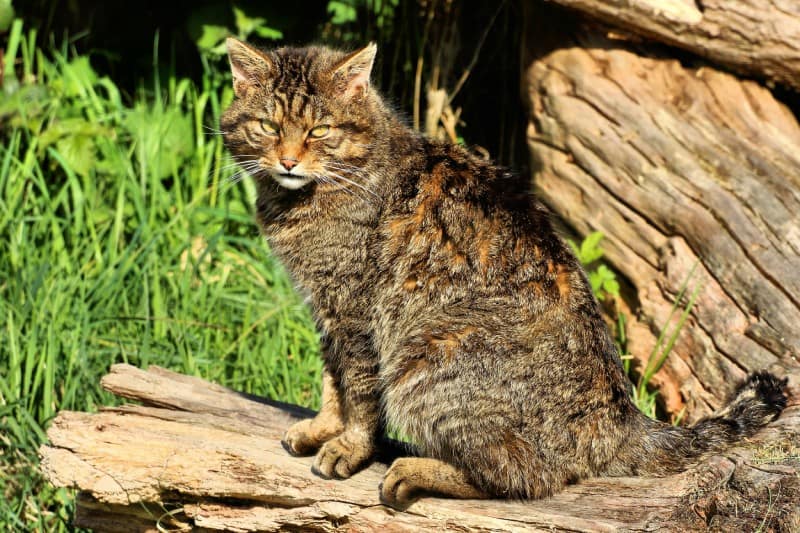
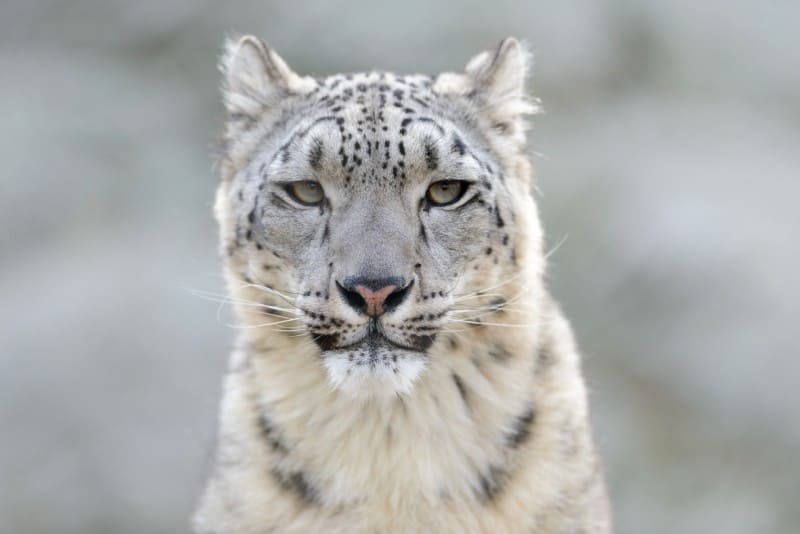
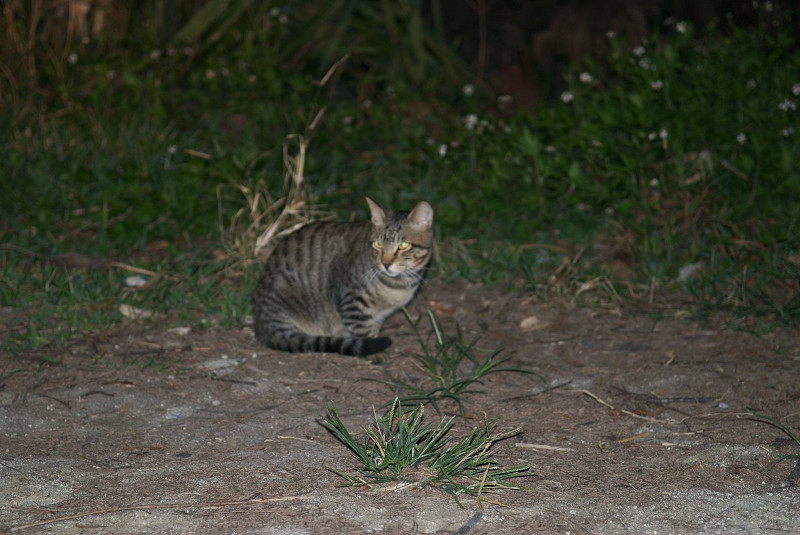
Asian Golden Cat Physical Description
The rather marvelous Asian Golden Cat evolved to be rather heavily built. It has an average body length of approximately 41 in (105 cm), and a tail averaging 22 in (56 cm).
The weight of the Asian Golden Cat ranges from 20-35 pounds (9-16 kg). No discernible sexual dimorphism exists in this species.
The cat’s coat also generally appears uniform in color, but the coloring ranges from red to golden brown, dark brown, cinnamon, gray or even occasionally black.
Black and white lines also typically run across the cheeks and to the top of the head, in a distinctive pattern of markings.
- Kingdom: Animalia
- Phylum: Chordata
- Class: Mammalia
- Order: Carnivora
- Family: Felidae
- Genus: Catopuma
- Species: C. temminckii
Asian Golden Cat Distribution, Habitat, and Ecology
Firstly, the habitat range of the cat includes select portions of southeast Asia. This includes Nepal, Tibet, Bhutan, India, Bangladesh, Thailand, Cambodia, Laos, Vietnam, Malaysia, Sumatra and parts of China.
Consequently, the animal generally prefers forest regions which are mixed with rocky areas, subtropical evergreen, and also tropical rainforests.
In the Himalayas, it can also live at altitudes of as much as 9,800 ft (3,000 m). In Laos, it has also adapted to life in the bamboo forests.
But by nature and just like many other felines, it remains a territorial and solitary animal. The species also evolved as primarily nocturnal, but will occasionally venture out during the day.
The felines prove to be rather crafty hunters and prey principally upon birds, large rodents, reptiles, and small deer.
Finally, the animal also remains far more powerful than it appears and is capable of bringing down prey several times its own size.
Species Sharing Its Range
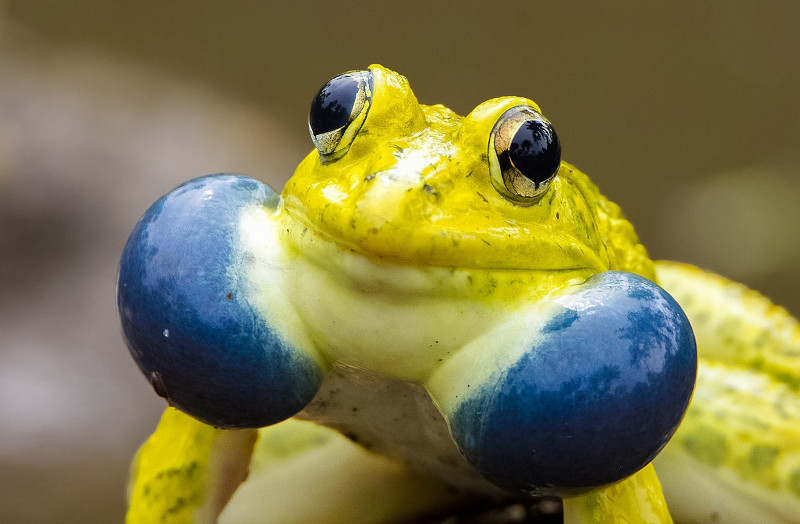
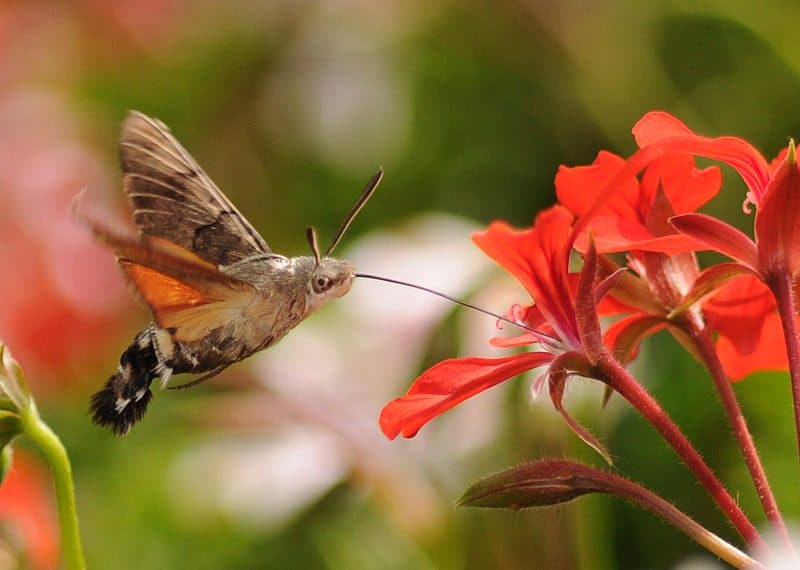

Check out our other articles on 5 Beautiful Birds of Venezuela, Maned Wolf, Deception Island, Heartleaf Foamflower, Eastern Yellowjacket, Little Auk, West Indian Ocean Coelacanth, Black Mamba
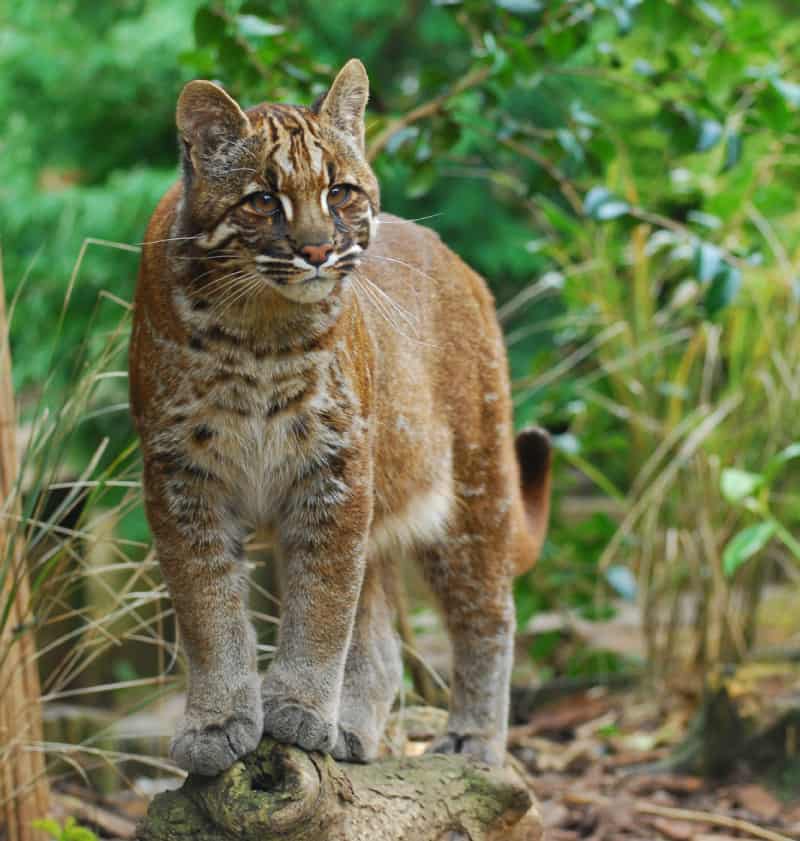

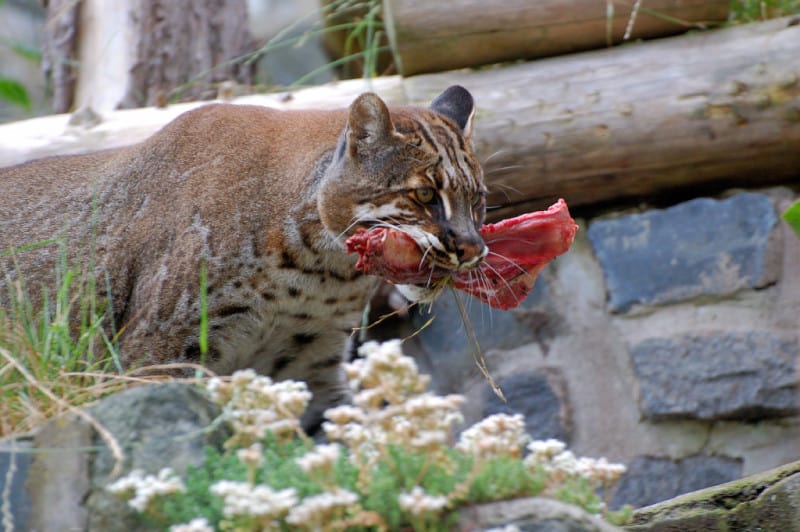









Leave a Reply